There certainly were some choices for the attendees, with workshops by the SSE staff on tomato seed saving, my two workshops (one on the wide variety of tomato colors and flavors, and one on some histories of selected tomatoes), a salsa contest, and the tomato tasting itself. The event was free to the public and was very well attended - the tomato tasting line was very long throughout the afternoon, and I would guess 500 or more people attended. Both the salsa and tomato tasting were set up to have two lines of people moving through, which was quite efficient and reduced the wait time significantly. Roughly 20 salsas and 70 tomato varieties were included, and pencils and score sheets were provided and collected at the end of the lines, to be tallied later in the day.
The tomatoes were displayed uncut in an unmatched assortment of labeled attractive baskets. The center aisle between the long lines of tomato containing tables was manned by an army of local volunteers who served as the tomato cutters. The tomatoes were continuously cut into small pieces, and tasters chased them around the plates with toothpicks. The line moved fairly quickly, but it was clear that most of the attendees treated this tasting task very seriously, working feverishly to write down their impressions on the score sheet after each bite.
Sue and I managed to taste every variety. I used a form of short-hand to keep us moving along; "+" for a noteworthy variety, "~" for something that was middling at best, and "-" for a tomato that fell toward the bottom of the tasting. In general, we found some new favorites, confirmed some old favorites, and were surprised to find some familiar varieties were just not showing very well.
The tomatoes we liked best were Brandywine, Cardinal, Cherokee Purple, White Currant (which is actually Coyote), Dester, Egg Yolk, German Pink, Ingleheart Yellow German Cocktail, Italian Heirloom, Dwarf Beryl Beauty, John Baer, Lemon Drop, Mexico Midget, Halladay's Mortgage Lifter, Purple Calabash, Sioux, Tiny Tim Yellow, and Trophy. The surprises for Sue and I were Egg Yolk, Ingleheart Yellow, Italian Heirloom (one of the top three for us, and winner of the tasting overall), John Baer, Lemon Drop, Sioux and Tiny Tim Yellow. I was also very happy to see how good one of our new Dwarf varieties, Dwarf Beryl Beauty, tasted!
Those we found to be second tier in quality were Amish Paste, Almetia, Auld Sold, Black Sea Man, Carry On-Carry On, Emmy, Gold Medal, German Purple, Great White, Green Zebra, Heirloom Kentucky Pink, Hugh's, Kentucky Heirloom Viva, Jaune Flamme, Large Red Cherry, Peach Blow Sutton, Red Zebra, Rose, Nebraska Wedding, and Southern Night. Having grown some of these in the past, it was clear that Great White, Hugh's and Jaune Flamme, in particular, were not showing very well. And Southern Night was not really Southern Night, but an unknown pink beefsteak variety, likely either from stray seed, a cross or a mix up.
And the tomatoes that really didn't show well at all were Baranski Plum, Black Krim, Pearly Pink Cherry, Droplet, Giles Mullis Plum, Hillbillly Potato Leaf, Hungarian Heart, Lenny and Gracie's Kentucky Heirloom, Little Fleeta, Mamie Brown's Pink, Marizol Purple, Pink Peach, Pink Plum, Plum, Warren Sames Plum, Potato Leaf White, Soldacki, Sugar Beefsteak Potato Leaf, Sweet Pea Currant, Velvet Red, White Beauty, White Potato Leaf, White Tomesol, and Peron. Note that many of these were plum or paste types, and that is not surprising - the fresh flavor is often lacking, and these types are best used for cooking. Black Krim was clearly not at its best, because I've tasted them much better. The same goes for Soldacki and Peron. Also, many white varieties were included, and the tasting confirmed my view that, for the most part, white varieties tend to be lacking in flavor. For my taste buds, White Tomesol was the best of the bunch, though, again, from my experience, Great White can be a very, very good tasting tomato.
Below are some pictures from the tomato tasting. It was truly a fascinating experience!

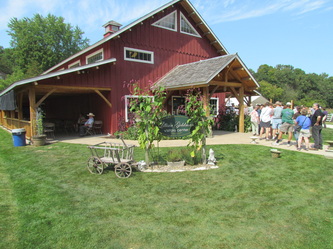
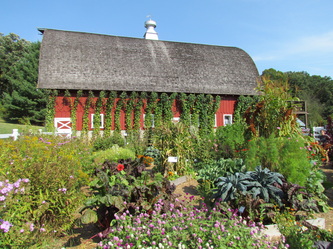
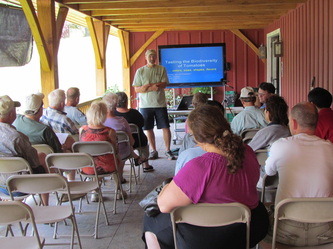
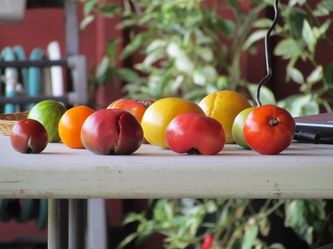
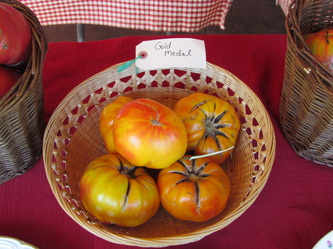
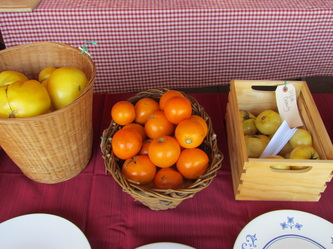
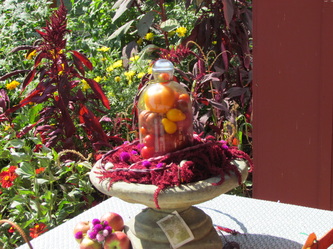
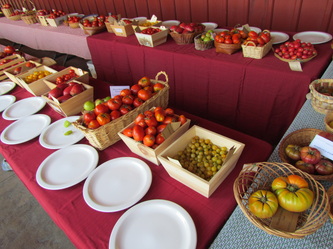
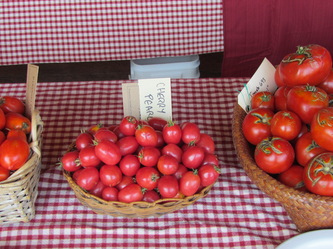
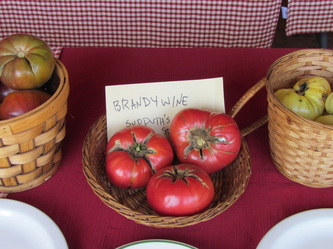
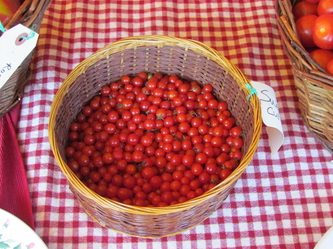
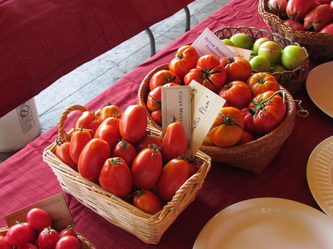
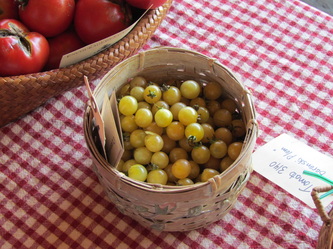
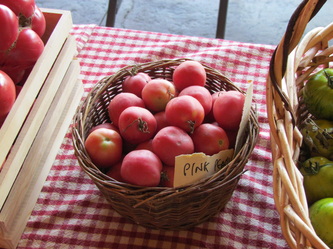
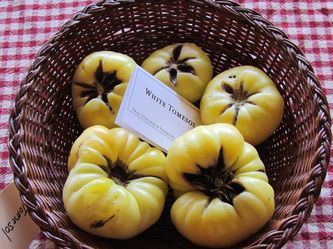
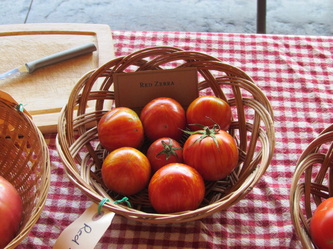
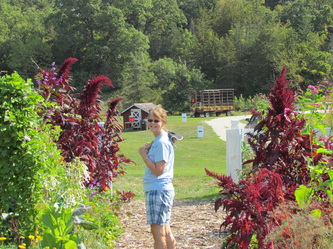
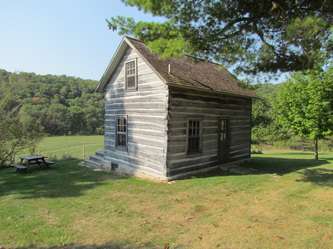
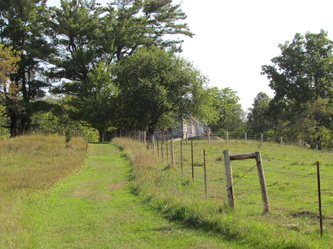
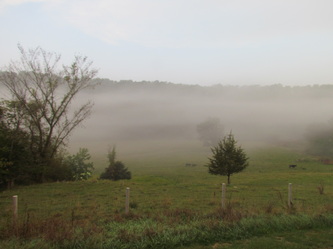
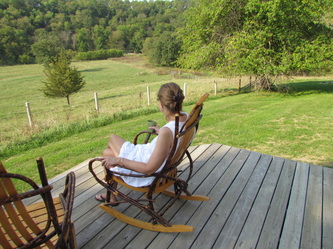

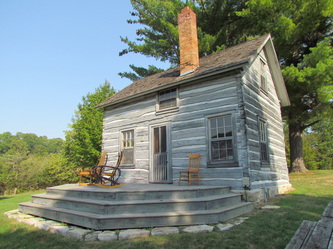
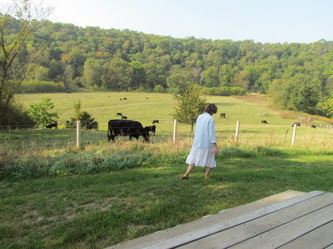
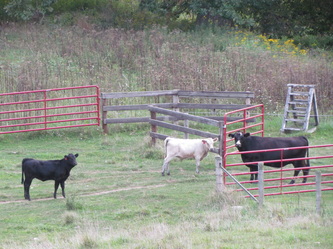
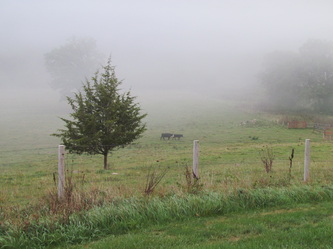
 RSS Feed
RSS Feed